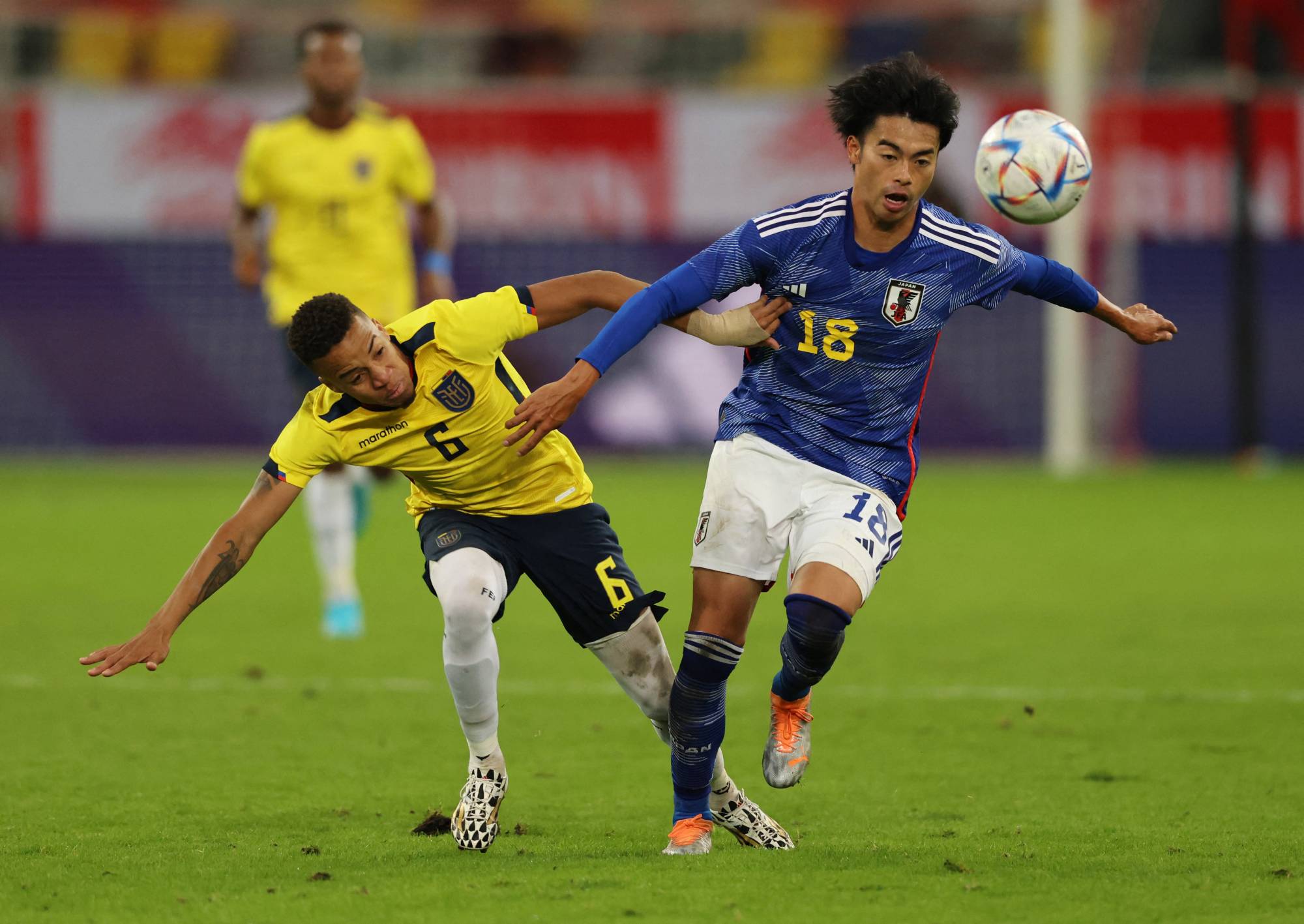With close to 50 days left until the 2022 FIFA World Cup kicks off in Qatar, just about the only thing most Japanese soccer observers can agree on is that the Samurai Blue will have the best teamwear of the tournament.
As for how long they’ll be around to show off those origami-inspired uniforms? Well, that’s still very much an open question.
This week’s friendlies against the United States and Ecuador — the final international match window before Japan’s squad is finalized — were supposed to be head coach Hajime Moriyasu’s last opportunity to evaluate the wealth of talent available to him, as well as imbue confidence in fans and supporters ahead of what will be an extremely challenging World Cup group featuring two previous champions.

















With your current subscription plan you can comment on stories. However, before writing your first comment, please create a display name in the Profile section of your subscriber account page.